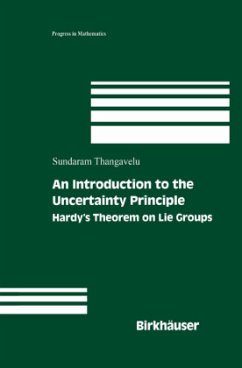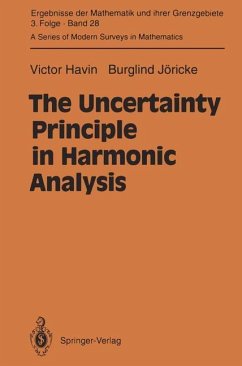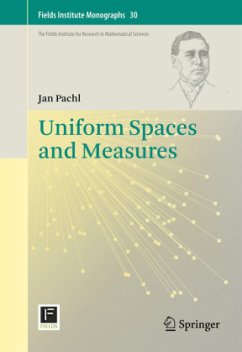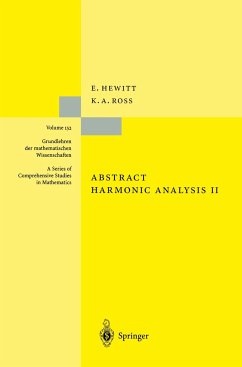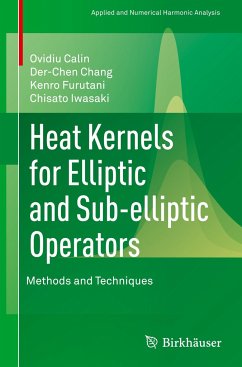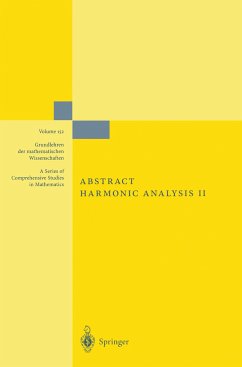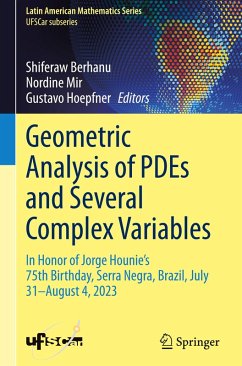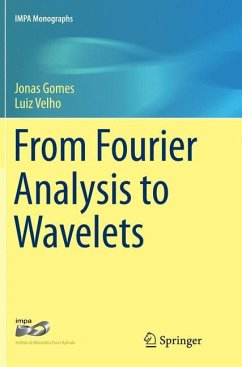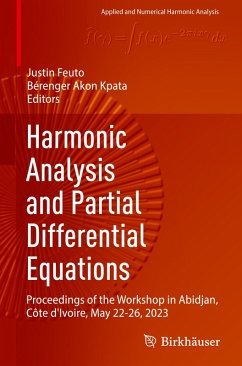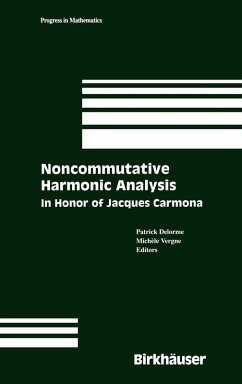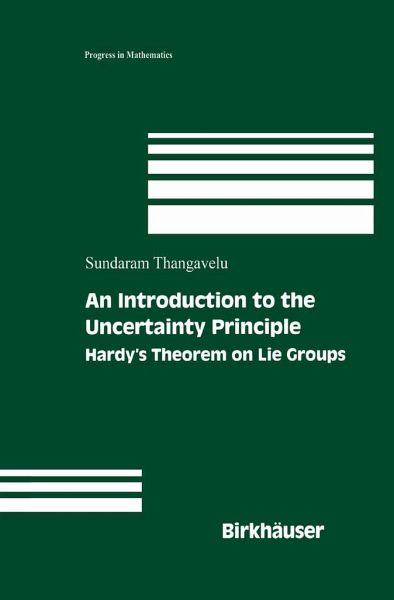
An Introduction to the Uncertainty Principle
Hardy's Theorem on Lie Groups
Versandkostenfrei!
Versandfertig in 1-2 Wochen
77,99 €
inkl. MwSt.
Weitere Ausgaben:

PAYBACK Punkte
39 °P sammeln!
In 1932 Norbert Wiener gave a series of lectures on Fourier analysis at the Univer sity of Cambridge. One result of Wiener's visit to Cambridge was his well-known text The Fourier Integral and Certain of its Applications; another was a paper by G. H. Hardy in the 1933 Journalofthe London Mathematical Society. As Hardy says in the introduction to this paper, This note originates from a remark of Prof. N. Wiener, to the effect that "a f and g [= j] cannot both be very small". ... The theo pair of transforms rems which follow give the most precise interpretation possible ofWiener's remark. Hardy'...
In 1932 Norbert Wiener gave a series of lectures on Fourier analysis at the Univer sity of Cambridge. One result of Wiener's visit to Cambridge was his well-known text The Fourier Integral and Certain of its Applications; another was a paper by G. H. Hardy in the 1933 Journalofthe London Mathematical Society. As Hardy says in the introduction to this paper, This note originates from a remark of Prof. N. Wiener, to the effect that "a f and g [= j] cannot both be very small". ... The theo pair of transforms rems which follow give the most precise interpretation possible ofWiener's remark. Hardy's own statement of his results, lightly paraphrased, is as follows, in which f is an integrable function on the real line and f is its Fourier transform: x 2 m If f and j are both 0 (Ix1e- /2) for large x and some m, then each is a finite linear combination ofHermite functions. In particular, if f and j are x2 x 2 2 2 both O(e- / ), then f = j = Ae- / , where A is a constant; and if one x 2 2 is0(e- / ), then both are null.





